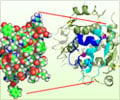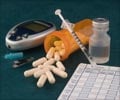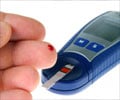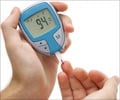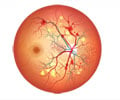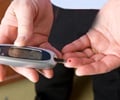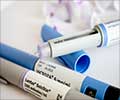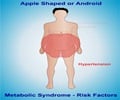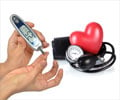Causes of Diabesity
Since diabetes is a disorder of high blood sugar, it follows logically that decreasing blood sugar will actually work to treat this condition. But high blood sugar is only a symptom; it is not the cause of type-2 diabetes.
Broadly speaking, poor diet, lifestyle, and environmental toxins are mainly responsible for this disorder. Researchers have now identified genes that contribute to diabesity. In their words - ‘this analysis … identified a number of novel genes whose expression changes may contribute to the development of diabesity’. However, they also found that this change in gene expression ‘is most likely in response to incipient weight gain’. Ultimately, it zeroes in to the fact that poor diet and lifestyle are responsible for diabesity.
So, what is the real cause of diabesity? The answer to this question is – insulin resistance. Insulin resistance is the reason we develop diabesity. Then, what is insulin resistance? It is a condition in which the body produces sufficient insulin but does not use it properly. Normally, insulin causes muscles and fat cells in the body to use up glucose from the blood. But unhealthy or junk food and physical inactivity increases the fat cells in our body and more insulin has to be produced to cater to these cells. However excess fat cells generate inflammatory cytokines which trigger cell activities that make them unresponsive to insulin. Gradually, the cells become resistant to the effects of insulin and they do not respond to insulin. This is known as
Insulin resistance causes excess of insulin in the bloodstream. And this causes all the problems associated with diabesity. High insulin levels in the body leads to enormous appetite and
The National Institute of Diabetes and Digestive and Kidney Diseases (NIDDK) recommends the following diagnostic criteria for Insulin Resistance Syndrome:
- Waist measurement of 40 inches or more for men and 35 inches or more for women.
- Triglyceride levels of 150 milligrams per deciliter (mg/dL) or above, or taking medication for elevated triglyceride levels.
- HDL, or “good,” cholesterol level below 40 mg/dL for men and below 50 mg/dL for women, or taking medication for low HDL levels.
- Blood pressure levels greater than or equal to130/85, or taking medication for elevated blood pressure levels.
- Fasting blood glucose levels of 100 mg/dL or above, or taking medication for elevated blood glucose levels.
The good news is, however, that all is not lost. Do not allow yourself to become overweight or obese. And if you are already en-route to obesity, get rid of the flab through lifestyle changes and healthy diet.



